Supported Coins
Accept Request Payments – REQ Payment Gateway
XAIGATE is best cryptocurrency payment gateway is a service that allows businesses to accept Request (REQ) payments from customers. It acts as an intermediary between the buyer and seller, handling the processing and settlement of cryptocurrency payments. Try #1 Request (REQ) Payment Gateway Now!
- Only 0.2% Transaction Fee
- 9.866+ Supported Coins
- No Monthly Cost
- Security & Global reach
- No hidden fees
Why accept Request (REQ)
What is Request (REQ)?
Request (REQ) token is the lifeblood of the Request Network, an open-source protocol designed for secure and decentralized payments. Here’s a breakdown of REQ tokens:
Function:
- Powers the Request Network: REQ acts as the utility token that fuels the Request Network’s operations. Users spend REQ to:
- Pay transaction fees on the network.
- Governance: REQ holders have voting rights on proposals for changes and upgrades to the Request Network. This allows them to participate in shaping the network’s future.
- Advanced Features: Certain advanced request functionalities within the network might require REQ tokens for access.
Technical Details:
- Launched in 2017: REQ debuted in 2017 through an Initial Coin Offering (ICO).
- Built on Ethereum: REQ is an ERC-20 token, meaning it runs on the Ethereum blockchain and adheres to that standard.
- Tradable on Exchanges: REQ can be bought, sold, and traded on various cryptocurrency exchanges.
Request (REQ) payment METHODS
How Does Request (REQ) Payment Work
Cryptocurrency Payment Gateway Development Company is a service that allows businesses to accept Request (REQ) payments from customers. It acts as an intermediary between the buyer and seller, handling the processing and settlement of cryptocurrency payments.
Step 1: Register Account
Create a XAIGATE account to process cryptocurrency transactions quickly and easily. You can sign up and start processing transactions without adding KYC or bank account information.
Step 2: Setup with APIs or Plugin
Set up your XAIGATE account by adding some necessary details, such as your business information and payment preferences. Explore the XAIGATE API to learn how to accept Request (REQ) payments on your website.
Step 3: Accepting Request (REQ) payments
Congratulations! You can now let your customers pay in cryptocurrency. Explore the many benefits of accepting crypto payments with XAIGATE
About Request (REQ) Payment
Why Businesses Accept Request (REQ) Payment
Businesses might choose to accept Request (REQ) payments for a few key reasons:
Reduced Transaction Fees: Compared to traditional payment processors that charge fees on every transaction, REQ payments can potentially be cheaper, especially for international payments. This can improve a business’s profit margins.
Faster Settlements: Payments on the Request Network can be settled quicker than traditional methods, especially for cross-border transactions. This means businesses receive their funds faster, improving cash flow.
Reaching New Customers: The growing popularity of cryptocurrencies represents a potential new customer base for businesses. Accepting REQ payments allows them to tap into this demographic and potentially attract customers who prefer using crypto for transactions.
Secure and Transparent System: Request leverages blockchain technology, offering a secure and transparent way to receive payments. Transactions are tamper-proof and recorded publicly, potentially reducing the risk of fraud or chargebacks.
What is Request (REQ) Payment?
Request (REQ) token payments are used on the Request Network, a decentralized platform designed for secure and convenient transactions. Here’s how REQ token payments work:
Facilitating Payments: The core function of REQ is to enable users to request and receive payments. When a user sends a payment request through the network, they can specify the REQ amount to be paid.
Transaction Fees: To discourage spam and ensure network sustainability, a small fee is charged for each request, payable in REQ tokens. These fees are often “burned,” meaning they’re permanently removed from circulation, potentially increasing the value of remaining REQ tokens.
Governance: REQ token holders have voting rights on proposals for changes and upgrades to the Request Network. This allows them to participate in shaping the platform’s future.
Additional Features: In some cases, REQ tokens might be used for additional features within the Request Network ecosystem, such as creating advanced payment requests or obtaining discounts on network services.
There are several reasons why someone might choose to use the Request Network (REQ):
Secure and Transparent Transactions: Request leverages blockchain technology to provide a secure and transparent way to request and receive payments. Transactions are tamper-proof and recorded publicly on a distributed ledger.
Reduced Costs: Compared to traditional payment methods that involve intermediaries, Request can potentially reduce transaction fees, especially for international payments.
Faster Settlements: Payments on the Request Network can be settled faster than traditional methods, particularly for cross-border transactions.
Dispute Resolution: The Request Network offers built-in dispute resolution mechanisms to help resolve any issues that might arise between payers and recipients.
Freelancing and Gig Economy: Request can be particularly useful for freelancers and gig workers who need a secure and efficient way to get paid for their services.
What is the Request (REQ) payment gateway?
A Bitcoin Payment Gateway is a service that allows businesses and individuals to accept Request (REQ) tokens as payment for goods or services. It acts as a bridge between the traditional financial system and the world of cryptocurrencies, simplifying the process of receiving and processing Request (REQ) payments.
Here’s how a Request (REQ) payment gateway works:
- Merchant Integration: The merchant integrates the payment gateway into their website or point-of-sale system.
- Customer Selection: During checkout, the customer chooses Request (REQ) as their preferred payment method.
- Transaction Initiation: The customer sends their Request (REQ) tokens from their wallet or exchange account to the gateway’s designated Request (REQ) address.
- Payment Processing: The gateway verifies the transaction on the Ethereum blockchain and confirms the validity of the Request (REQ) tokens.
- Settlement: Once confirmed, the gateway converts the Request (REQ) tokens to USD (usually at a 1:1 ratio) and deposits the equivalent amount into the merchant’s bank account.
How do I accept a Request (REQ) payment?
Accepting Request (REQ) payments can be a simple and efficient way to expand your customer base and benefit from the advantages of cryptocurrency transactions. These platforms offer user-friendly interfaces, robust security features, and API integrations for seamless and secure transactions.
How do I make a Request (REQ) payment?
To send Request (REQ) payments, you’ll need a Request (REQ) wallet. Simply copy the recipient’s wallet address or scan their QR code and enter the desired amount to send. It’s as easy as that!
Can I accept Request (REQ) at my business?
Yes, you can accept Request (REQ) at your business! In fact, doing so can offer several advantages for your business.


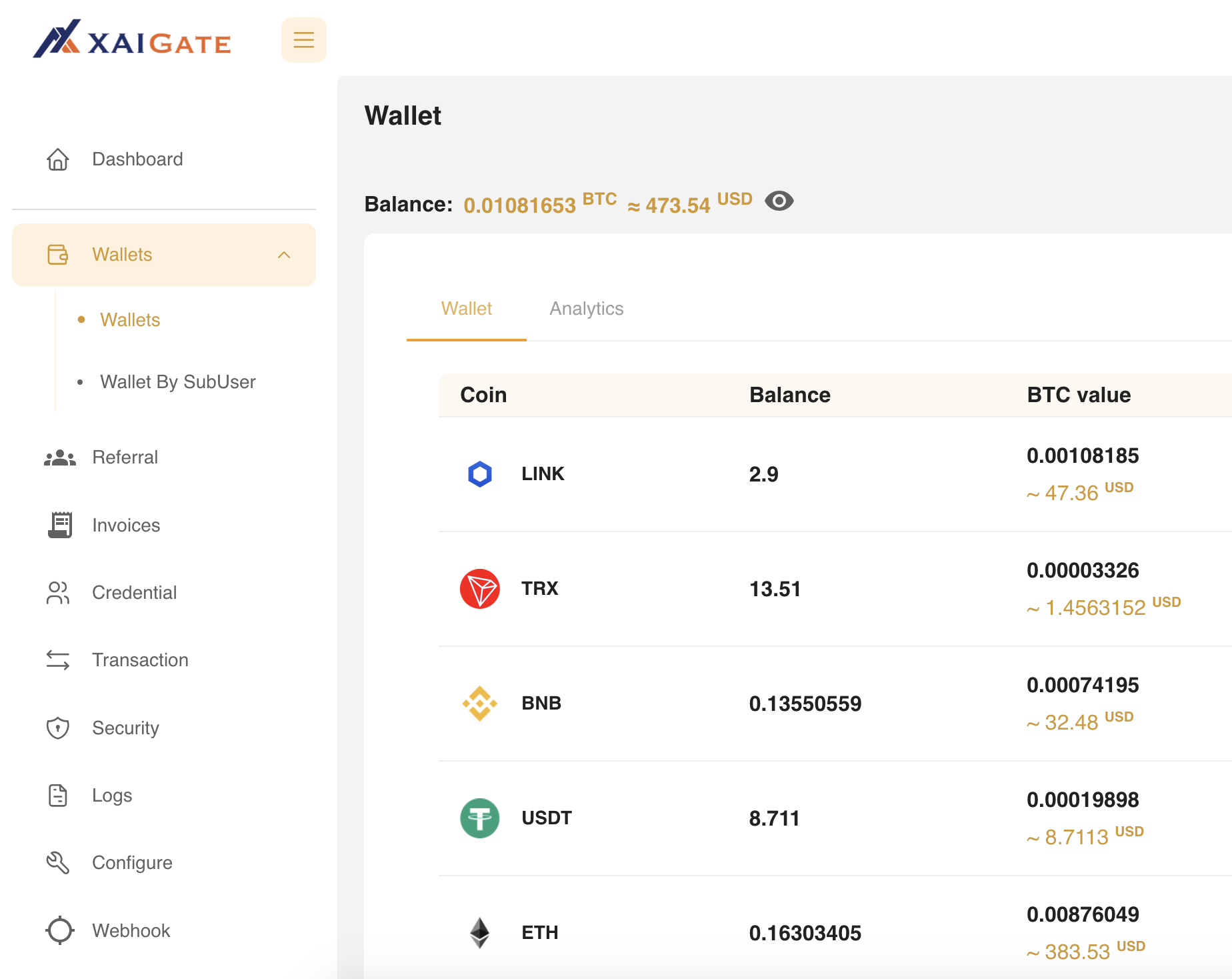
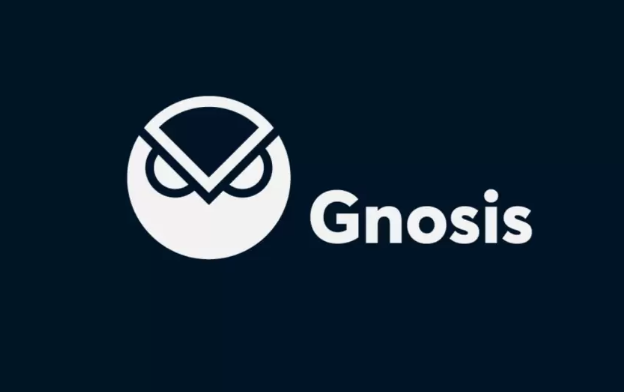

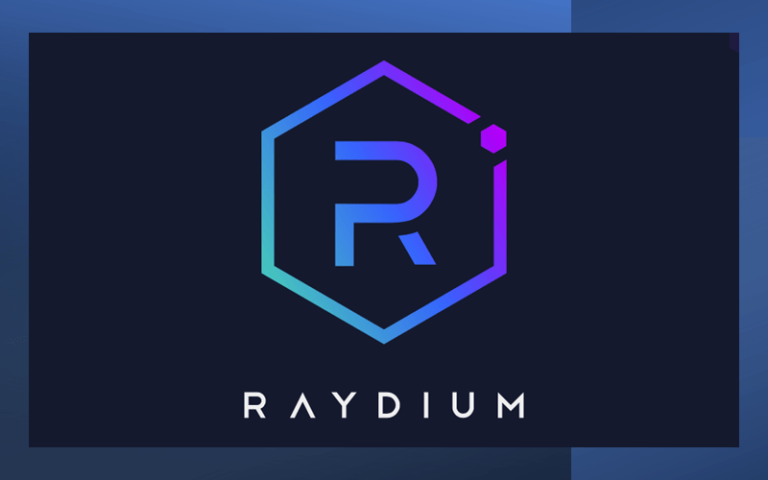
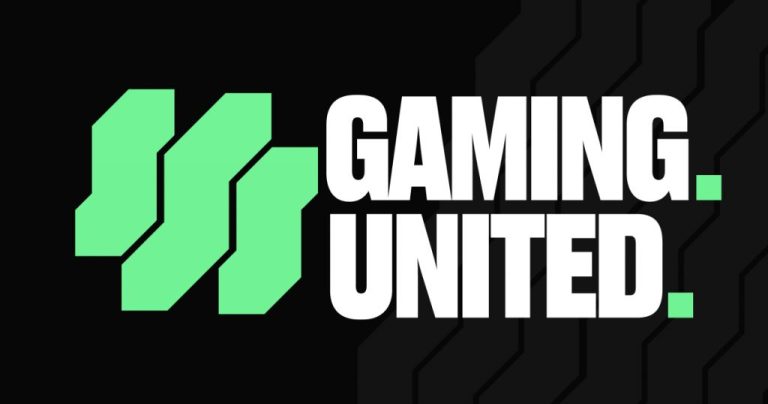

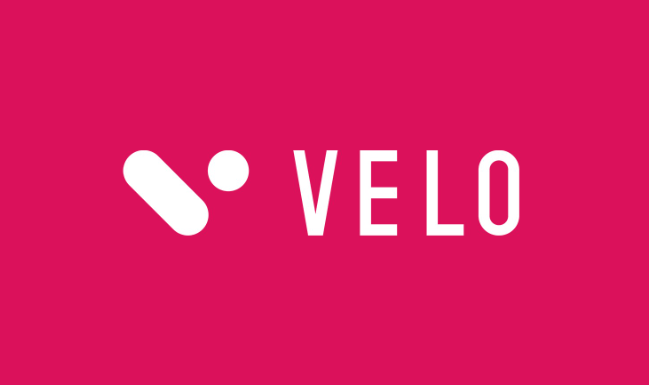


How can businesses start accepting Request (REQ) payments through a REQ payment gateway?
To start accepting Request (REQ) payments through a REQ payment gateway, follow these steps:
Choose a Trusted Payment Gateway: Select a reliable cryptocurrency payment gateway that supports REQ, such as XAIGATE or other platforms that offer Request token integration. Ensure the gateway provides secure and efficient payment processing for REQ transactions.
Integrate the Payment Gateway: Install the payment gateway’s API or plugin on your website, eCommerce platform, or app to enable customers to make payments with REQ tokens during checkout.
Set Up Payment Preferences: Configure your account to receive REQ tokens, and choose whether to hold them in your wallet or convert them into fiat currency automatically.
Ensure Security: Use a payment gateway with strong security features like encryption, fraud detection, and two-factor authentication (2FA) to safeguard all transactions.
Test the System: Run test transactions to ensure everything works as expected before going live.